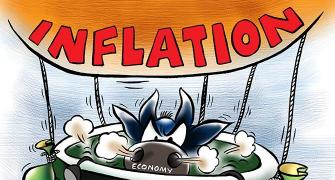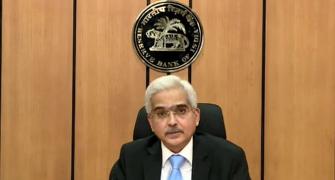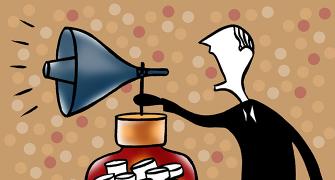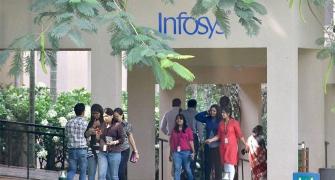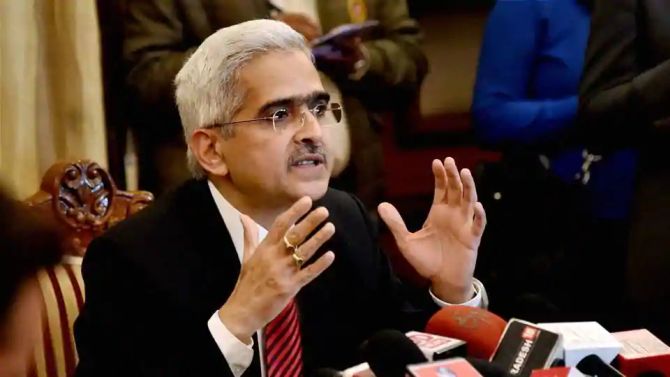A study by eminent economists, by Jean Drèze, Reetika Khera and Meghana Mungikar released few days back shows that more than 100 million people are excluded from the PDS because the central government insists on using 2011 population figures to calculate state-wise coverage under the National Food Security Act.
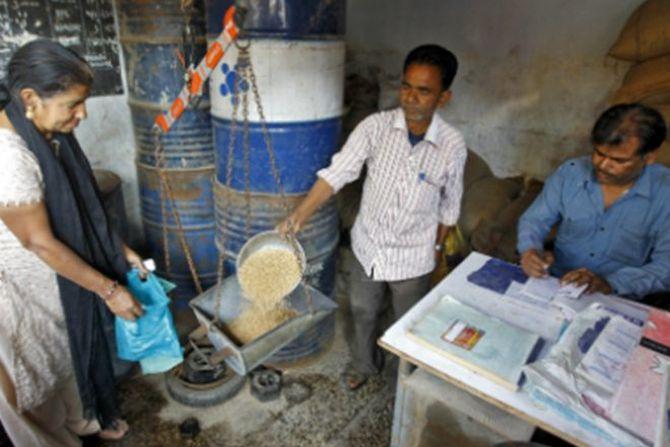
Ramneek Lal, a wage-earner in Bamrauli Katara, a village near Agra, has a six-member family to feed.
After the coronavirus lockdown, the nearest ration shop is his only source of sustenance because he lost employment at a construction site in Agra city last month.
Standing with a clutch of papers in his hands, Ramneek Lal says free ration is only for those whose names are there on the ration card provided under the National Food Security Act (NFSA).
“I have six members in my family, including children and elders, but the names of only three are there on the card.”
“I have got all the identification details including the Aadhaar card and the bank passbook of the members whose names are not there on the card, but the shop-owner isn’t willing to give even one-kilogram extra grain,” Ramneek Lal said.
“How can I feed six people with ration meant for three,” he says, showing the documents as proof.
With there being more than 77 million tonnes of foodgrains in its warehouses, which is more than a year’s quota of ration under the Food Act and more than three times what needs to be there as buffer stock, assuming that the annual offtake under the scheme is 55-60 million tonnes, feeding the three extra members of Ramneek Lal’s family shouldn’t be a problem.
However, the COVID-19 crisis and the Centre’s announcement to allocate 5 kilograms of extra wheat or rice to all the 81 crore beneficiaries under the Food Act has exposed two big holes in the decades-old public distribution system in India.
Something which has kept millions of beneficiaries out of the safety net and ignited calls for universalisation of PDS, if not permanently, maybe for three months, till the COVID-19 pandemic crisis is on.
The NFSA is run through an extensive network of over 500,000 ration shops across the country through which every year cheap subsidized food is provided to almost 81 crore people in the country.
The annual requirement of foodgrains to maintain this mammoth exercise that involves millions of people right from the humble farmer who grows the grains to the hungry who feeds on them, is around 54-56 million tonnes based on the last three years average offtake under PDS.
With Food Corporation of India (FCI), sitting on a wheat and rice stocks of around 77.72 million tonnes as on March 10, 2020 (that includes 19.24 million tonnes of unmilled paddy), India had more than a year’s quota of ration requirement with it even before the country starts its annual wheat procurement for the 2020-21 season in full swing, which will further add on to the inventory.
So as soon as millions of workers across India lost their jobs due to COVID-19 lockdown, the Central government announced three months’ free ration for all the 80 crore NFSA beneficiaries along with 1 kilogram of free pulses per family.
As on date all NFSA beneficiaries get 5 kilograms of wheat or rice per month at a highly subsidized rate of Rs 3 per kg for rice, Rs 2 per kg for wheat and Rs 1 per kg for coarse cereals.
After the COVID-19 outbreak under Pradhan Mantri Garib Kalyan Package (PMGKP), all of them will get 10 kgs of wheat or rice for the next three months.
Here lies the problem
“The NFSA Act of 2013 is based on the 2011 census which means those family members who were added after this census conducted almost 9 years back won’t have their names in the ration card.
"Secondly, as no new census had not been conducted after 2011 while the total population has increased manifold during this period, a large chunk of poor and needy don’t have ration cards and are hence not eligible for the free ration,” Dipa Sinha, a teacher at Ambedkar University and a prominent member of the Right to Food Campaign, told Business Standard.
She said for the time being, the government could start distributing extra ration based on projected population of 2021 now the usual census has been indefinitely delayed while the crisis is right there.
A study by eminent economist, by Jean Drèze, Reetika Khera and Meghana Mungikar released few days back shows that more than 100 million people are excluded from the public distribution system (PDS) because the central government insists on using 2011 population figures to calculate state-wise PDS coverage under the National Food Security Act (NFSA).
At the all-India level, applying the 67 per cent ratio to a projected population of 1.37 billion for 2020, PDS coverage today would be 922 million, instead of around 800 million.
This means over 100 million eligible people outside the ambit, the study showed.
If states add more people than what the Central scheme allows, they will have to bear the additional expenditure, therefore they naturally refrain from adding more to the existing list of PDS beneficiaries.
The second and an equally important problem according to some experts is the inefficiencies that exists at the state level and its handling of the PDS which means that even though ton loads of grain might be reaching the state head of Food Corporation of India (FCI), it is not making its way to the poor man’s plate.
As a result of which, despite the announcement of extra free grains, the final beneficiary might still be waiting for it.
According to the food ministry website, the government has allocated almost 3.5 million tonnes of extra wheat and rice for free distribution over the next three months under the Garib Kalyan Package of which almost 2.5 million tonnes has already been issued to states in the first 15 days.
So, if still the grains aren’t reaching the poor and they are getting less than their eligible quota then the problem lies somewhere.
Photograph: Amit Dave/Reuters


